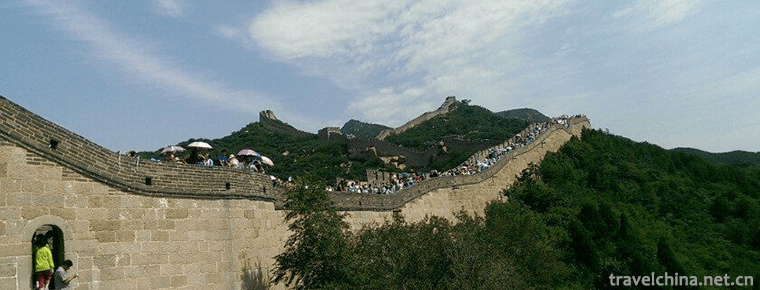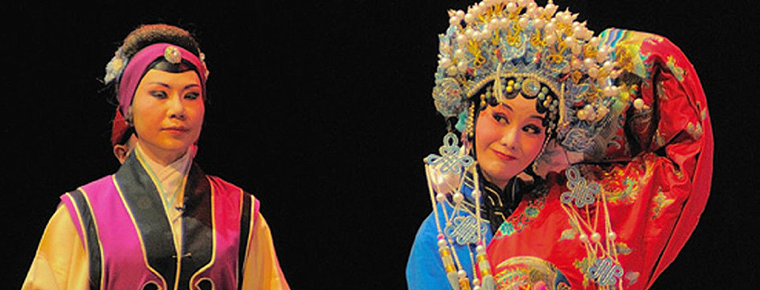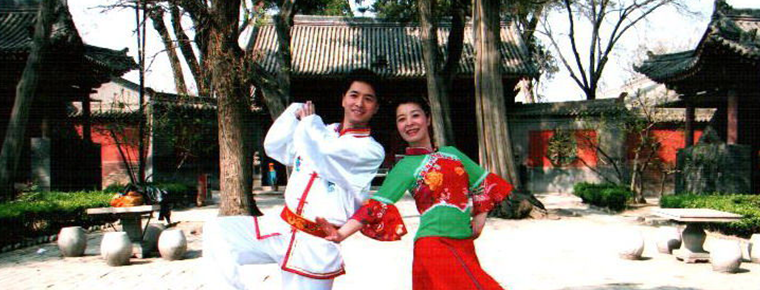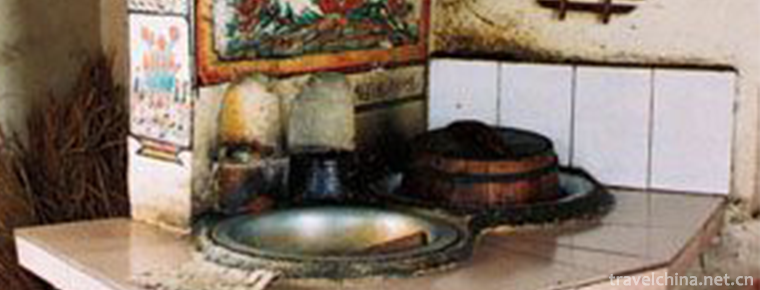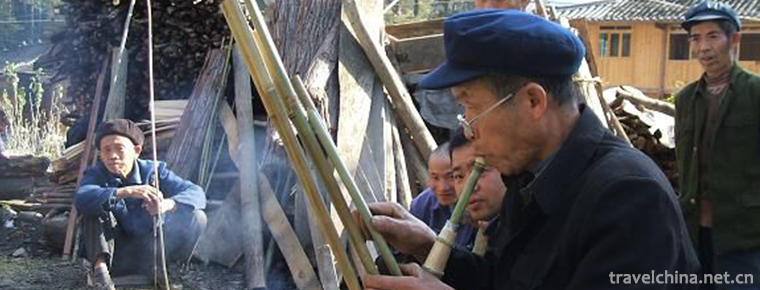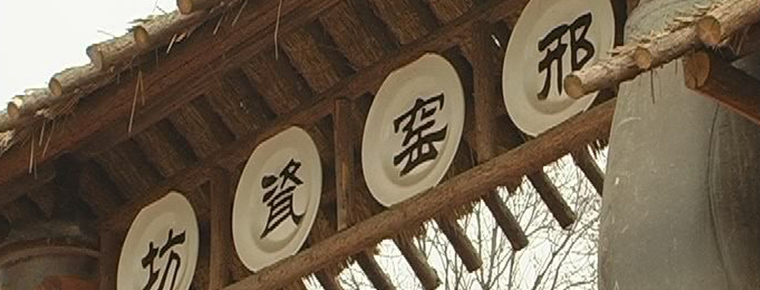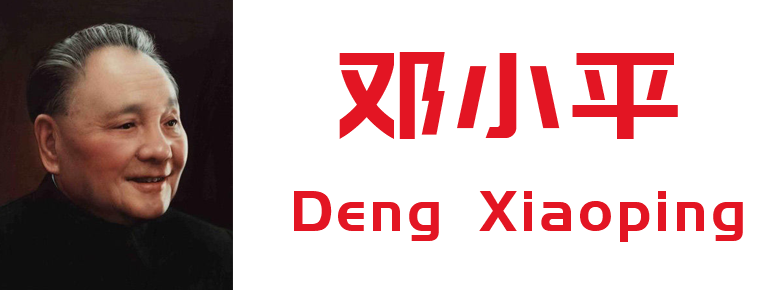Ziweidong Scenic Area
Ziweidong Scenic Area
Seeing the pronoun of the first reaction of "purple cave" to "immortal" cultivation and residence, we often enchase that fairyland dream on this name.
Ziwei Cave is located on Ziwei Mountain in the west of Chaohu Lake. Ziwei Mountain is named for the violet stars in the sky, which has nothing to do with the crape myrtle flowers. The couplets on the front gate of the scenic spot are "purple air flowing ten miles in length and across to create beautiful scenery"; the couplets on the bottom are "the gentle breeze rippling along the longitude and latitude of all directions and elegant huai" and "the purple micro-cave sky" is criticized horizontally.
There is a purple cave in the middle of the mountain, which is formed in the uplift of underground river during crustal movement. Therefore, the underground river in the cave under the impact of a layer of very clear lines, there are stone stalactites but not much.
The partial hole is Wang Qiaodong. Legend has it that in the Spring and Autumn Period, Prince Qiao, Prince of the King of Zhou Ling, surnamed Ji, was named Jin, with the character Jin, who practiced alchemy in Judong and became immortal. "Wang Qiaodong" got its name. Wang Qiaodong is the only Buddhist statue cliff grotto in Anhui Province. There are 500 stone Arhats carved on the stone wall, but only one has a head. Obviously, the head was deliberately chiseled off. The depth of chiseling is about two centimeters. According to chiseling techniques, it is judged that the skilled craftsmen can do it, but why chiseling has become a mystery for thousands of years. In Chaoxian Chronicle in the late Qing Dynasty, it was recorded that "the only one is in good condition, and the rest is headless".
Introduction
The most wonderful are the "four wonders" and "three wonders" in the cave. "Four wonders" are the Tiangou, the ceiling, the Tiancao, the Jade Conch Account, the Stone Goose Tube and the Tianwai Falls. "Three wonders" are Cable Cold Bridge, Shuangjing Opening Heaven and Underground Long River. In addition, "Longtan to listen to Tao", "group monkey pilgrimage", "big dragon in the cave", "Jiulongbi", "stone grape", "stone pleated skirt", "stone needle", "stalagmite", "gourd longevity star", "monkey to catch the moon", "eight precepts to look at the mirror" and other scenic spots, as well as Wang Qiao Liantan left behind, lifelike, eye-catching, amazing.
Uniqueness
Ziwei cave is different from ordinary cave. Ziwei cave is a corridor cave formed by underground river erosion all the year round. The source of water may come from all directions when the cave is formed, including surface water and groundwater. Beside the Ziwei Cave, there is also Wang Qiao Cave, the only cliff cave in Anhui Province. All the statues in the cave have no heads except one with a slightly larger head. What causes the formation of "headless Buddha" has not been known.
Traffic information
Ziweidong is located in Jingting Mountain, 4 kilometers away from Chaohu City. It takes a bus ride to the end of the city and then walks for a distance of about 1,000 meters. (About five yuan by taxi)
Self-driving route: Hefei-Jingtai Expressway-Wuhu Expressway-Zhegao Toll Station-S331-S208-Ziweidong


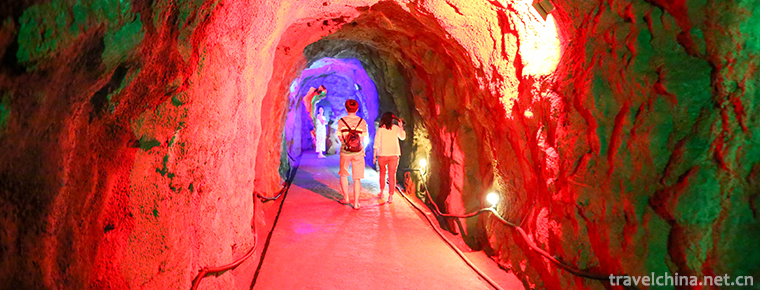
-
Yangma Island Scenic Area
National AAAA-level tourist attractions, Shandong Province "Top Ten Tourist Scenic Spots", 2008 "Tourists'Favorite Charm Scenic Spots". Located 9 kilometers north of Ninghai Town, .
Views: 142 Time 2018-12-26 -
Legend of Badaling Great Wall
Badaling Great Wall legend is one of the traditional folk legends in Beijing. It is rooted in the folk and has prominent dialect characteristics. It combines romanticism and realism skillfully..
Views: 214 Time 2019-04-02 -
Chu opera
Chu Opera, a local traditional drama in Hubei Province, is one of the national intangible cultural heritage..
Views: 195 Time 2019-04-18 -
Hancheng Yangko
Hancheng Yangko, commonly known as "singing Yangko", is a form of singing that integrates folk songs, rap and dance, and derives from traditional opera.
Views: 316 Time 2019-05-02 -
Jiaxing Kitchen Head Painting
Jiaxing stove painting is a form of Jiaxing folk art. Folk artists use painting pigments to draw patterns on the various parts of the kitchen wall, also known as "kitchen paintings" and &quo.
Views: 328 Time 2019-05-05 -
Miao Lusheng Production Techniques
Miao Lusheng production process is complex, generally using scraping, cutting, through, hammering, clamping, drilling and other related tools, through the selection of materials, baking materials, mak.
Views: 153 Time 2019-06-05 -
Sintering Techniques of Xingyao Ceramics
Xingyao firing technology is a local traditional handicraft in Hebei Province. Xing kiln is a famous northern kiln in China. As early as the Northern Dynasty, Xing kiln began firing celadon and a smal.
Views: 226 Time 2019-07-08 -
Zezhou Sixianshu
Zezhou Sixianshu is a popular performance form in Zezhou Prefecture, Shanxi Province in Qing Dynasty. It is named after Sixian (Sihu) as the main accompaniment instrument. There is no documentary info.
Views: 348 Time 2019-07-16 -
Deng Xiaoping
Deng Xiaoping (August 22, 1904 -1997 February 19th), formerly known as Deng Xiansheng, the scientific name of Deng Xixian, Guang'an, Sichuan. Go to Europe early Work study program After his return, he.
Views: 330 Time 2019-09-07 -
The origin of Chinese embroidery
Embroidery originated very early. The article on the embroidery of Fu Yu can be seen in Shangshu. In the time of Yu Shun, embroidery was already in use. In the Eastern Zhou Dynasty, there was an official in charge of it, and in the Han Dynasty, there was Royal embroidery.
Views: 102 Time 2020-12-12 -
Neijiang social security
In 2019, there were 109600 people participating in the endowment insurance (including retirees) of government institutions, 842500 people of enterprise employees (including retirees), and 1501700 people of urban and rural residents. 52100 new urban jobs.
Views: 353 Time 2020-12-16


